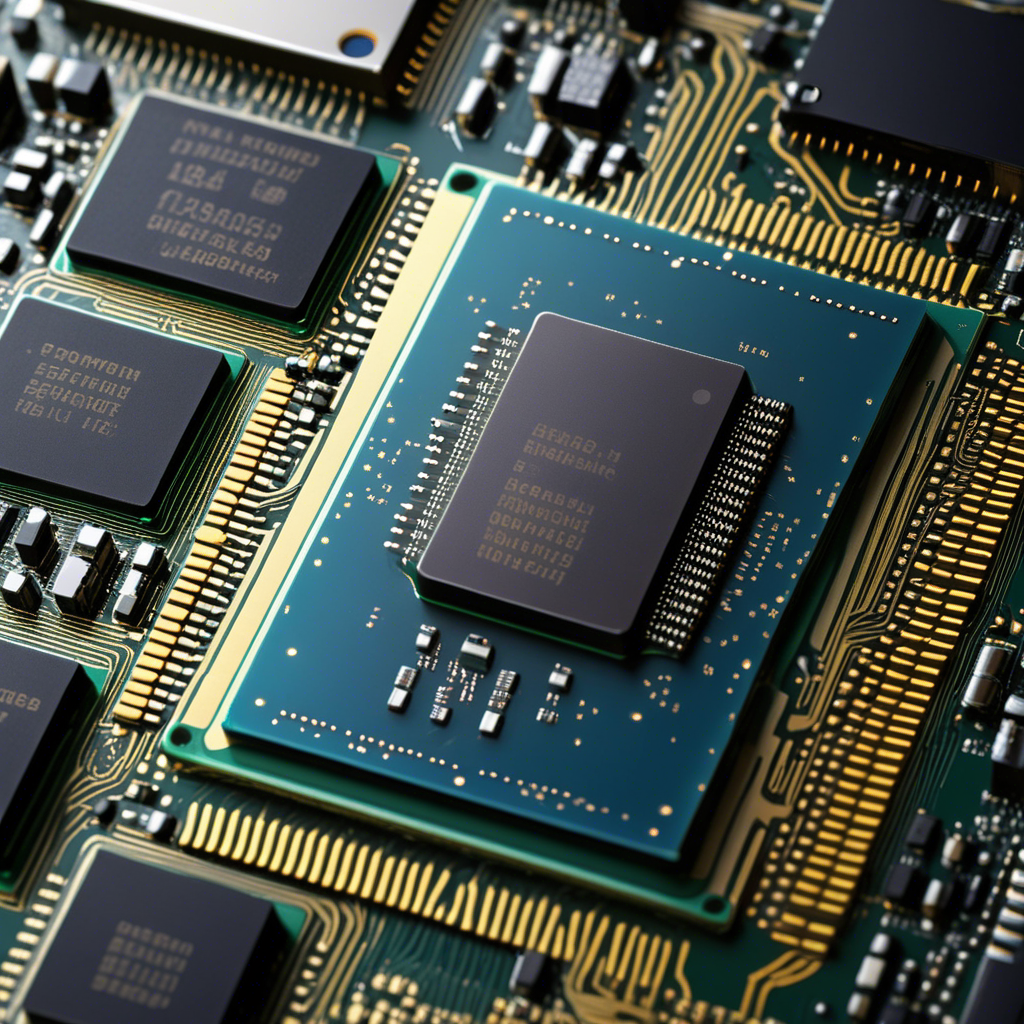Computer memory is a crucial component of any computer system, as it allows the computer to store and access data. However, there are several types of computer memory, each with its own unique characteristics and functions. In this article, we’ll take a closer look at the different types of computer memory, including RAM, ROM, and more.
RAM (Random Access Memory)
RAM, or Random Access Memory, is a type of computer memory that allows data to be written and read quickly and efficiently. RAM is volatile, meaning that its contents are lost when the computer is powered off. RAM is used to store data that is currently being used by the computer, such as the operating system, applications, and data.
There are several types of RAM, including:
- DRAM (Dynamic RAM): This type of RAM uses capacitors to store data and requires periodic refreshing to maintain the stored data.
- SRAM (Static RAM): This type of RAM uses flip-flops to store data and does not require refreshing.
- SDRAM (Synchronous DRAM): This type of RAM uses a clock signal to synchronize the data transfer between the RAM and the CPU.
ROM (Read-Only Memory)
ROM, or Read-Only Memory, is a type of computer memory that stores data permanently, even when the computer is powered off. ROM is non-volatile, meaning that its contents are retained even when the computer is powered off. ROM is used to store data that does not need to be changed, such as the computer’s firmware, boot code, and operating system.
There are several types of ROM, including:
- Mask ROM: This type of ROM is programmed during the manufacturing process and cannot be changed.
- PROM (Programmable ROM): This type of ROM can be programmed by the user, but only once.
- EPROM (Erasable PROM): This type of ROM can be programmed and erased multiple times.
- EEPROM (Electrically Erasable PROM): This type of ROM can be programmed and erased multiple times using an electrical signal.
Other Types of Computer Memory
In addition to RAM and ROM, there are several other types of computer memory, including:
- Cache Memory: This type of memory is a small, fast memory that stores frequently accessed data.
- Virtual Memory: This type of memory uses a combination of RAM and disk storage to provide a larger address space.
- Flash Memory: This type of memory is a type of non-volatile memory that can be erased and reprogrammed.
- Hybrid Memory: This type of memory combines the benefits of RAM and ROM, offering both high-speed access and non-volatility.
Key Differences Between RAM and ROM
The key differences between RAM and ROM are:
- Volatile vs. Non-Volatile: RAM is volatile, meaning that its contents are lost when the computer is powered off, while ROM is non-volatile, meaning that its contents are retained even when the computer is powered off.
- Writeability: RAM can be written to, while ROM is read-only.
- Speed: RAM is generally faster than ROM.
Conclusion
In conclusion, computer memory is a crucial component of any computer system, and there are several types of computer memory, each with its own unique characteristics and functions. RAM and ROM are two of the most common types of computer memory, with RAM providing high-speed access to data and ROM providing permanent storage. Understanding the different types of computer memory is essential for building and maintaining computer systems.


